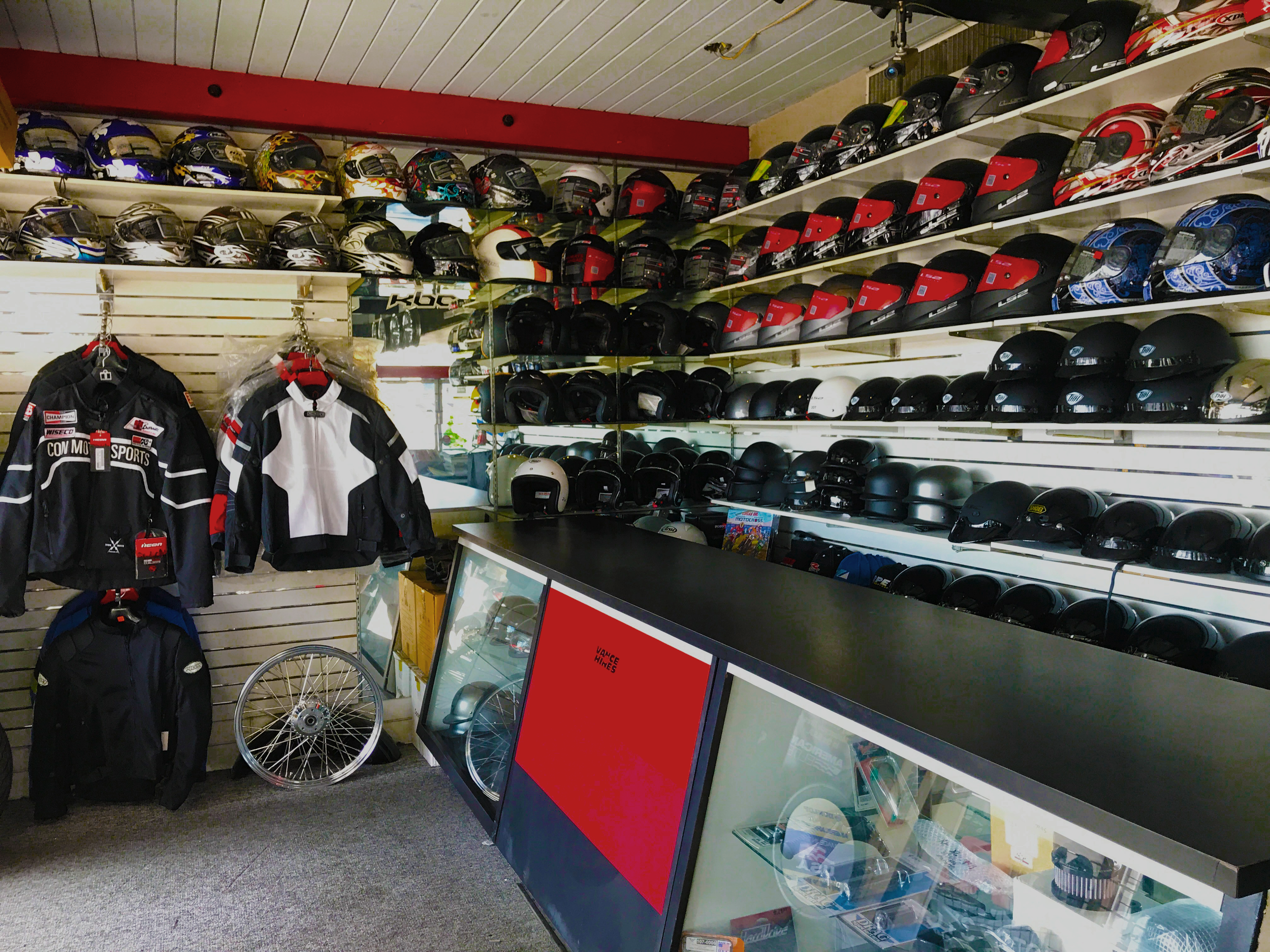Understanding Motorbike Gears: Just How to Maximize Your Riding Experience
In the world of motorcycling, mastering the art of gear control is important for enhancing your riding efficiency. Correctly utilizing and recognizing motorbike equipments can substantially affect gas, acceleration, and control effectiveness, changing a typical adventure into a seamless, electrifying journey.
Recognizing Gear Mechanics
At the core of bike characteristics, equipment auto mechanics play an essential function in converting engine power right into activity, eventually dictating speed and control. The equipment proportions, very carefully created, figure out the relationship between engine revolutions and wheel turns, influencing velocity and gas effectiveness.
Comprehending gear mechanics begins with recognizing the significance of the transmission, which houses numerous equipments of differing sizes. These gears connect via a procedure understood as meshing, where teeth of different gears involve to transfer power. The precision of this interaction is important; any misalignment or damages can cause inefficient power transfer, hindering efficiency. Furthermore, the arrangement and dimension of equipments influence the motorcycle's ability to manage different lots and speeds.
In addition, the idea of equipment moving is integral to maximizing efficiency. Smooth and timely changes make sure that the engine operates within its optimal power band, avoiding unneeded pressure and improving durability (motorcycle shop). By understanding these mechanical ins and outs, motorcyclists can achieve an unified mix of power, performance, and control, boosting their riding experience
Timing Your Changes
Shift timing mastery is crucial for enhancing motorbike performance and enhancing the riding experience. Appropriately timed shifts guarantee that the engine operates within its optimum power band, which is important for keeping control, attaining smooth acceleration, and making sure the durability of the motorbike. Cyclists should create an user-friendly feeling of when to change equipments, which includes understanding the connection between engine revolutions per minute (RPM) and speed.
To master change timing, pay very close attention to the engine's audio and really feel, as these give essential ideas concerning when to alter gears. When the engine approaches the upper range of its power band without getting to the redline, the excellent change point usually happens - motorbike shop. Moving prematurely can lead to an absence of power, while moving far too late might trigger unnecessary engine strain
In addition, roadway conditions and riding design influence shift timing. In city setups, smoother and more constant changes may be needed to navigate traffic successfully. In contrast, throughout highway riding, fewer changes at higher rates can be better suited. Practicing in varied settings will certainly boost your capacity to time changes exactly, eventually raising your riding experience to an expert level.
Enhancing Gas Effectiveness
While understanding motorbike equipments is important for performance, enhancing gas efficiency is similarly important for both financial and environmental reasons. Optimum fuel usage not only minimizes operational prices but also lessens the ecological impact of riding. To achieve this, one have to comprehend the intricate partnership between gear choice and engine efficiency.
Riding in a higher gear at lower speeds can lead to engine lugging, which is destructive to both gas dot full face helmet economic situation and engine wellness. Conversely, riding in reduced equipments at high speeds results in unneeded gas usage.
Furthermore, routine maintenance plays a pivotal duty in gas performance. Making sure that the motorcycle is well-tuned, with tidy air filters and effectively pumped up tires, can improve aerodynamics and reduce fuel wastefulness. Moreover, embracing a riding style that welcomes progressive acceleration and smooth slowdown can add to better gas economic climate.

Strategies for Smooth Transitions
Accomplishing smooth equipment shifts is fundamental to boosting the riding experience and making sure the longevity of a bike's transmission system. Appropriate gear changing not only adds to a smooth trip but additionally lessens wear and tear on the mechanical parts. To grasp the art of smooth changes, motorcyclists should concentrate on a few vital methods.

Second of all, clutch control plays an essential duty. Engaging and disengaging the clutch efficiently requires technique. The clutch lever ought to be launched progressively, allowing for a seamless transfer of power from the engine to the wheels without creating a shock or abrupt motion.

Adapting to Road Problems
Navigating varied roadway problems is a crucial skill for any motorcyclist aiming to keep control and safety and security. Whether you're riding on damp surface areas, gravel roads, or navigating doglegs, your capacity to adjust your gear usage and riding technique is paramount. Understanding just how to readjust your gears appropriately can considerably impact grip and security, guaranteeing a safer journey.
In comparison, when riding on crushed rock or unequal terrain, lower equipments are more effective. Lower gears give much better control and enable you to respond even more quickly to unexpected changes in the roadway surface.
Sharp contours demand specific equipment management to stabilize speed and control. Downshifting prior to getting in a curve can help keep momentum while ensuring the bike stays stable throughout the turn. Regular method in click different conditions enhances your capacity to predict and react to adjustments in roadway appearance and slope.
Final Thought
Understanding bike gears considerably improves the riding experience by enhancing velocity, gas, and control effectiveness. Adapting equipment selection to numerous road problems, such as using greater gears on damp surface areas and lower equipments on gravel, more enhances handling and security.
Understanding gear mechanics starts with recognizing the value of the gearbox, which houses several equipments of varying sizes. These gears interact via a procedure understood as meshing, where teeth of various gears engage to send power (motox parts nz). Mild modifications to the throttle during equipment changes can prevent jerky motions and preserve a regular riding rate
Whether you're riding on wet surface areas, gravel roadways, or browsing sharp turns, your capability to adjust your gear usage and riding technique is paramount. Adjusting equipment option to different roadway conditions, such as using greater gears on damp surfaces and reduced equipments on gravel, more improves handling and safety.